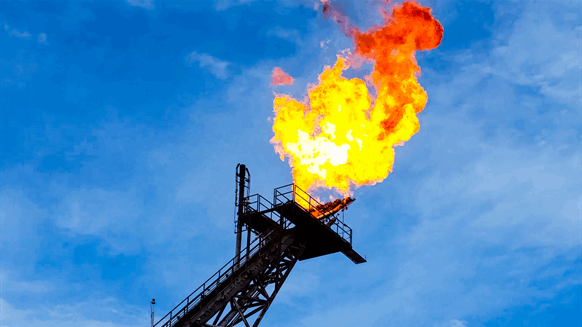The U.S. contributed six percent, or 212 billion cubic feet, to global estimated flaring volumes over the 12 months ending in June 2022, despite accounting for 24 percent of global natural gas supply in 2021.
That’s according to a new Enverus Intelligence Research (EIR) report, in which EIR investigated trends across global monthly flared volumes collected from third-party satellite data. The report presents insights at the country, play and operator level, the EIR highlighted.
The Bakken, Delaware and Eagle Ford exhibited the highest number of flaring events among North American oil and gas plays over the 12-month period, according to the report, which noted that the Tuscaloosa Marina Shale (TMS), Yeso formation and Gulf of Mexico posted the largest average flaring rates, “primarily due to outlier events”.
“The U.S. and Canada contributed six percent and one percent to global estimated flaring volumes, or 212 Bcf and 25 Bcf, over the 12 months ending in June 2022, respectively, yet the two countries accounted for 24 percent and four percent of 2021 global natural gas supply, highlighting the relative strength of North American emissions management programs,” Matthew Holloway, an associate at EIR, said in a statement sent to Rigzone.
“In contrast, Iraq and Iran released the most flared volumes at 15 percent and 14 percent of the global total, or 531 Bcf and 490 Bcf,” Holloway added in the statement.
According to U.S. Energy…



























































